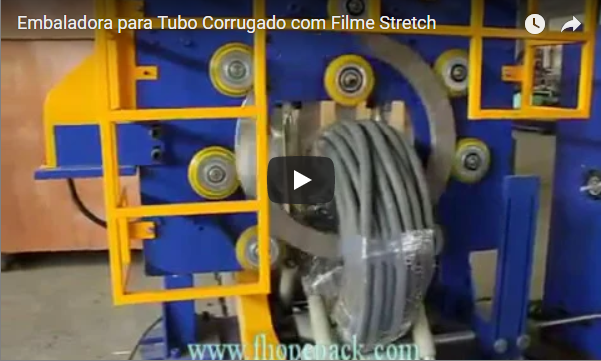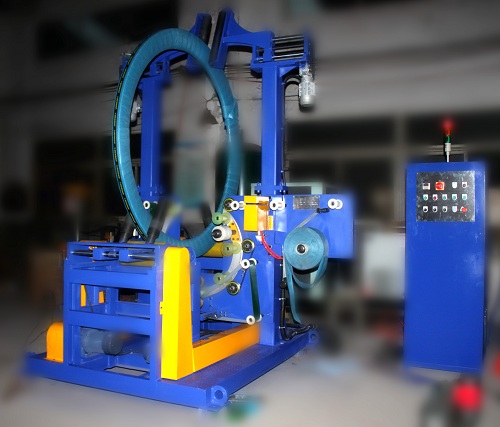Handling heavy mold repairs safely requires expertise and essential equipment to protect both workers and materials. Proper planning ensures seamless execution, aligning with industry standards and reducing risks during repair operations.
Prioritize using the right equipment, such as cranes or forklifts, to safely maneuver heavy molds. Ensure team members are trained in safety protocols and wear appropriate personal protective equipment.
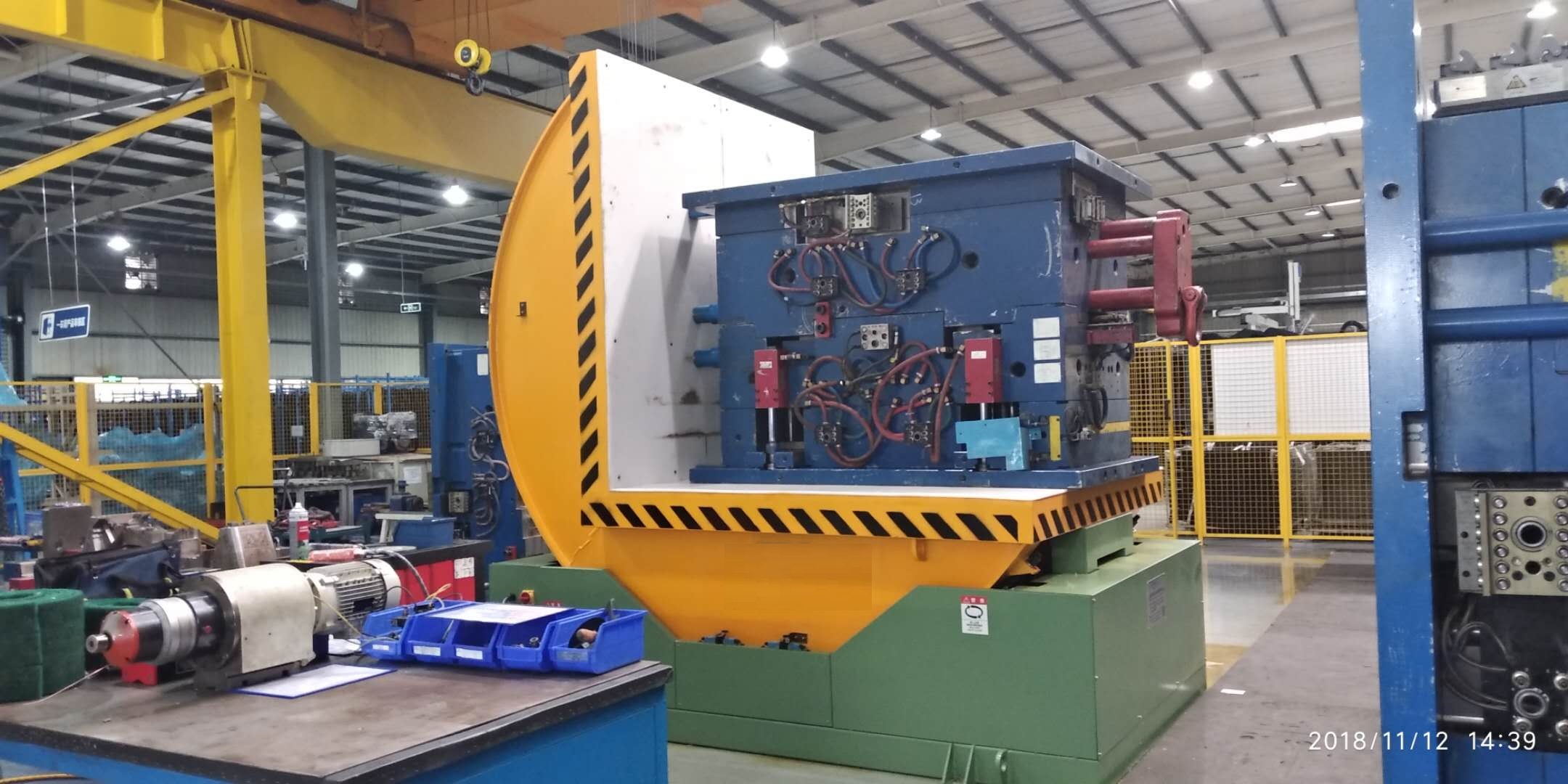
Understanding the complexity and potential dangers of heavy mold handling makes it imperative for companies to implement robust safety measures during repairs. As a specialist in packaging machinery, I recognize the challenges you face and aim to provide actionable insights. Let's dive deeper into core safety strategies.
1. What are the Key Safety Tools Required?
Safe mold handling is crucial, as accidents and injuries could occur without proper preparation and tools. Ensuring the right safety equipment is available can prevent mishaps and instill confidence in your team.
Essential safety tools include, but are not limited to, cranes, hoists, straps, and personal protective gear. Regular maintenance and checks on these tools ensure their reliability in critical situations.
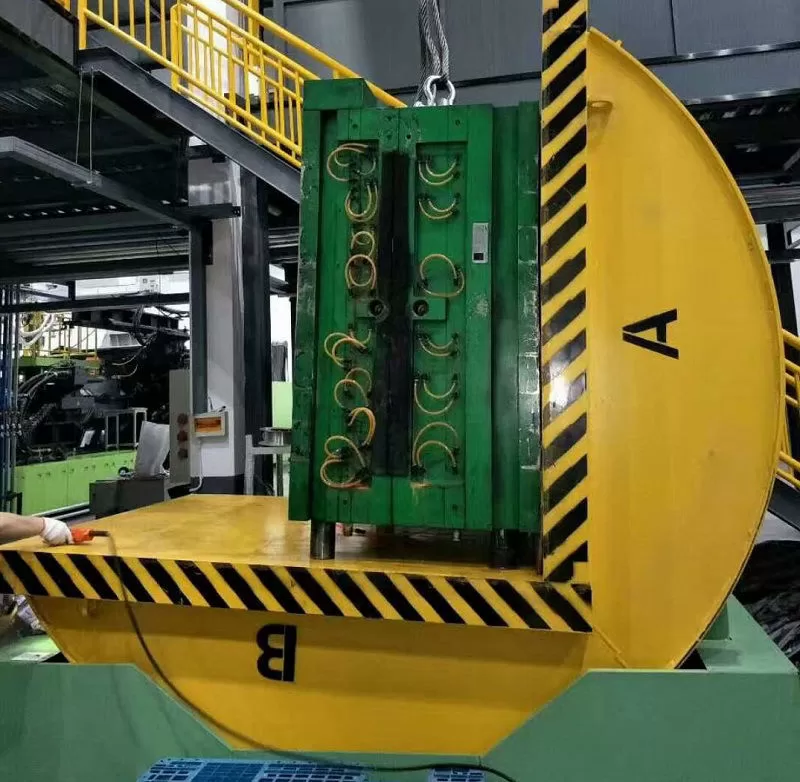
Expanding Your Safety Strategy: An In-depth Look
Achieving a safe working environment demands more than just the right tools; it necessitates knowing how to use them effectively. It involves understanding their capabilities and limitations while preparing for unexpected situations. Let's explore some fundamental aspects.
Safety Tools and Their Usage
Different tools serve various roles in ensuring mold safety. Here's how each contributes:
| Tool | Primary Function | Best Practices |
|---|---|---|
| Cranes | Lifting and moving heavy molds | Ensure regular inspections and certifications |
| Hoists | Suspending molds for ease of repair | Maintain under recommended load capacity |
| Straps | Securing molds during transport | Use appropriate strapping techniques |
| Protective Gear | Safeguarding workers from accidents | Monitor correct usage and fitting |
To maximize effectiveness, incorporate safety training sessions. Workers must grasp emergency response techniques and equipment handling practices. Adopting these measures enhances the team's preparedness, reducing risk factors significantly.
Engagement in a continuous improvement process is equally essential. Regular audits, both introspective and third-party, help identify gaps in your safety strategy. I remember an incident where our inspections unveiled faulty harnesses. Prompt replacement not only averted potential accidents but also boosted the team's morale. Safety is an ongoing endeavor, and a proactive approach ensures a foundation for a secure work environment.
Incorporate these strategies into daily operations to foster a safety-first culture. Remember, whilst tools and plans are vital, the most significant resource is well-prepared personnel. Engaging them in routine drills and simulations will enhance safety awareness and empower them with quick decision-making abilities in crises.
2. How to Implement Safe Lifting Techniques?
Facing the challenge of lifting heavy loads can be daunting. Employing safe lifting techniques can prevent injuries and ensure operational efficiency, capturing the attention of concerned professionals.
Safe lifting techniques involve assessing load weight, maintaining proper posture, and using mechanical aids. Simple adjustments can dramatically reduce injury risks and enhance workplace safety standards.
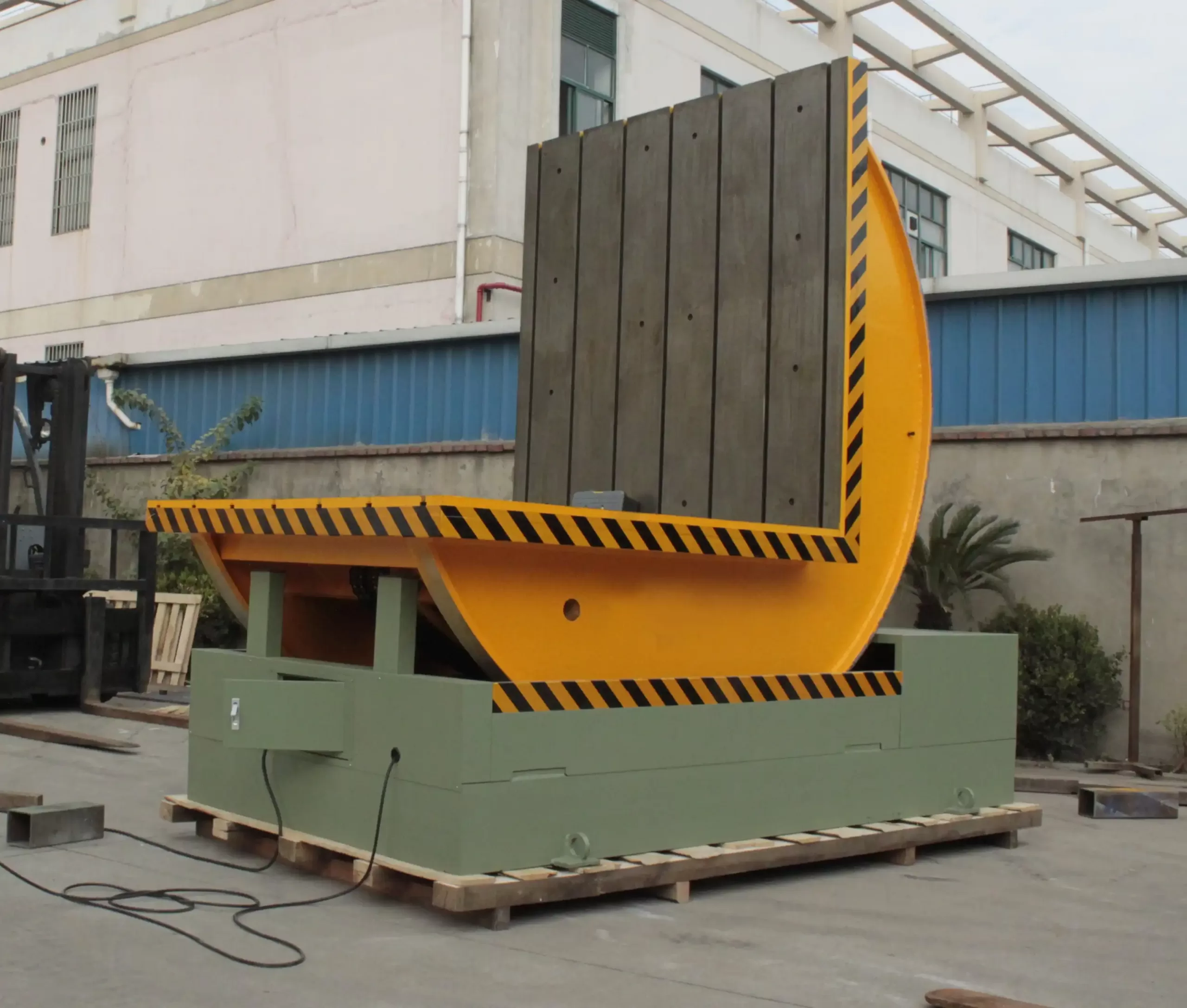
Key Strategies for Safe Lifting
Implementing safe lifting techniques is critical for maintaining worker safety. It requires an understanding of mechanics and ergonomic practices.
-
Assessment of Load Weight
Before any lifting, it's crucial to assess the load's weight and size. Overestimating your capability can lead to serious injuries. For instance, a 2022 study showed that manual lifting incidents accounted for 34% of workplace injuries. -
Posture and Procedure
Proper posture is essential. Bend at the knees, keep your back straight, and hold the load close to your body. These steps reduce strain. Workers should ensure they're balanced before lifting to prevent falls. -
Mechanical Aids Utilization
Incorporate mechanical aids like hoists or pulley systems. These tools significantly reduce human effort. For companies, investing in lifting aids can lead to a 50% decrease in lifting-related injuries. Mechanical aids allow for repeated lifting with minimal fatigue.
| Strategy | Description | Benefit |
|---|---|---|
| Load Assessment | Understand weight and size before lifting | Prevents under or overloading |
| Proper Posture | Bend knees, straight back, load close to body | Reduces muscle strain |
| Mechanical Aids | Use hoists/pulleys for heavy lifting | Lowers human effort, injury |
3. What are the Best Practices for Mold Repair?
Mold repair demands precise techniques and know-how; poor practices can lead to significant losses. Adopting the best methods ensures molds function efficiently, piquing the interest of industry veterans.
Mold repair best practices include thorough inspection, precise damage assessment, and correct tool usage. Regular maintenance prevents breakdowns and ensures manufacturing efficiency.
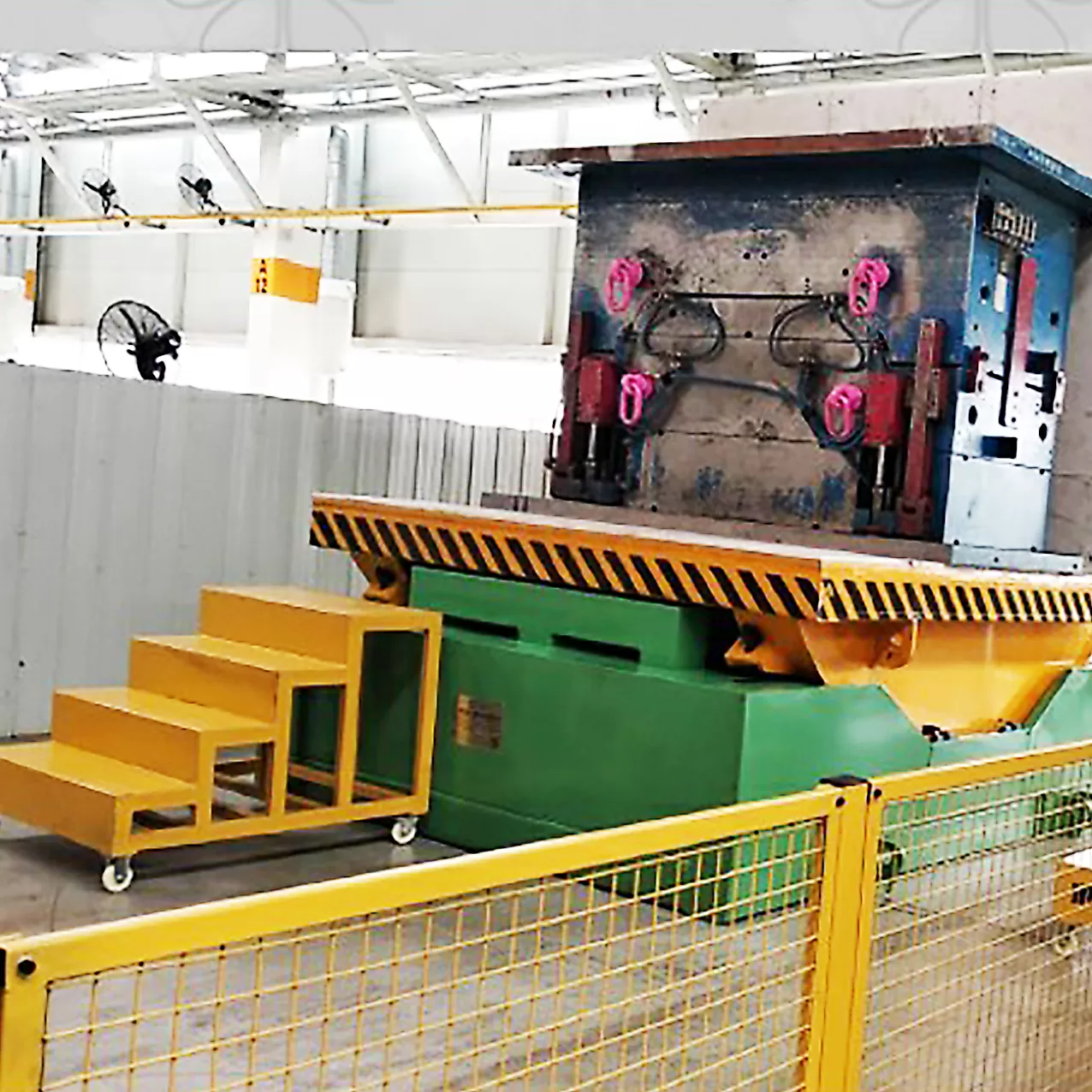
Essential Mold Repair Techniques
Ensuring molds work optimally requires understanding tools and repair techniques. My experiences in mold maintenance have underscored these vital practices.
-
Regular Inspections
Regular inspections are foundational for mold longevity. Identify wear signs early to prevent major repairs. A 2021 report indicated that routine checks reduce downtime by 40%. -
Damage Assessment and Record
Properly documenting mold condition and damage helps in making informed repair decisions. Maintained records assist in tracking wear patterns, highlighting persistent issues. -
Tool Selection and Usage
Correct tools are crucial for effective repair. Using inappropriate tools can exacerbate damage. A 2020 study emphasized that utilizing manufacturer-recommended tools increases repair success rates by 30%.
| Practice | Action | Advantage |
|---|---|---|
| Regular Inspections | Routine checks for wear and tear | Reduces major repair needs |
| Damage Assessment | Document and assess mold condition regularly | Enables informed repair strategies |
| Correct Tool Selection | Use recommended tools for specific repair tasks | Enhances repair effectiveness |
Coclusion
Effective lifting and mold repair practices safeguard workers and ensure industrial efficiency. Adopting correct tools and techniques minimizes risks, enhances safety, and leads to operational excellence. By regularly updating and adhering to best practices, companies like Fhopepack can maintain high standards, ensuring the longevity and performance of machines and systems.Summarize the significance of using proper tools, techniques, and best practices to safely handle and repair heavy molds, reducing risks and enhancing efficiency.



